The mission of the United Nations Educational, Scientific and Cultural Organization (UNESCO) World Heritage Sites is to ensure the protection and preservation of historical and cultural sites. The organisation does that by providing technical training and assistance to different countries.
So far, UNESCO has included six historical sites in Pakistan to its list of significant sites.
These are the UNESCO World Heritage Sites in Pakistan.
The Ruins of Mohenjo-Daro, 1980
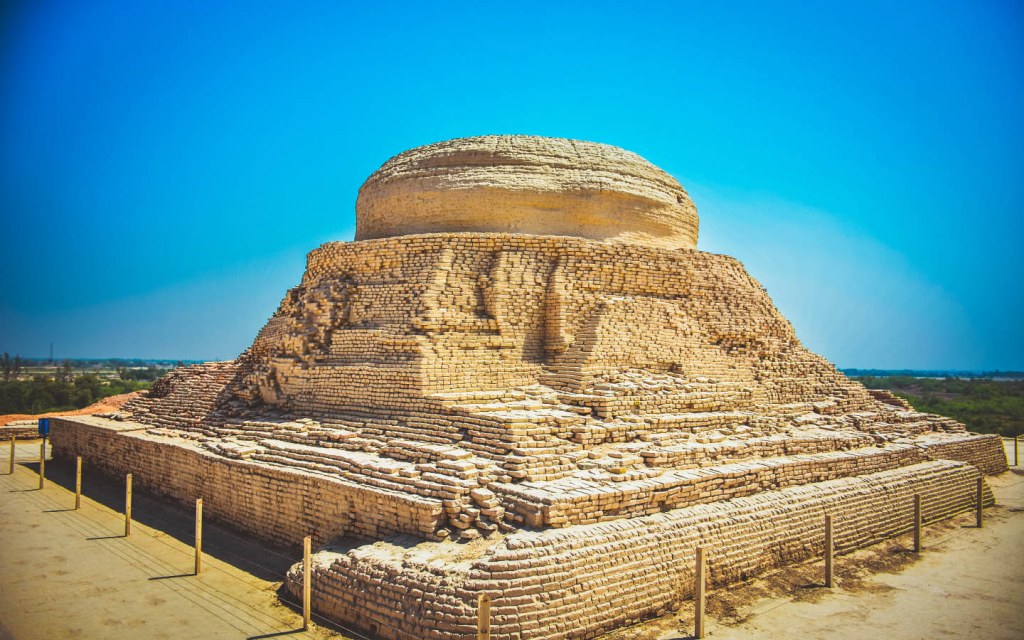
After being abandoned some 3,000 years ago, Mohenjo-Daro remained buried under layers of dust and sand for several centuries. Archaeologists re-discovered it in 1920 in what is now the modern-day district of Larkana in Sindh.
No temples or religious monuments were uncovered during the excavations. However, the opulence of the lost city became quite apparent after historians found valuable gold, ivory and lapis lazuli artefacts among other precious metals and stones.
The historical site in Pakistan was added to the list of UNESCO World Heritage Sites in 1980. But the historic mounds of Mohenjo-Daro are now crumbling and deteriorating at an alarming rate. If proper action isn’t taken to further preserve this site, experts warn it might completely vanish by the year 2030.
The Archeological City of Taxila, 1980
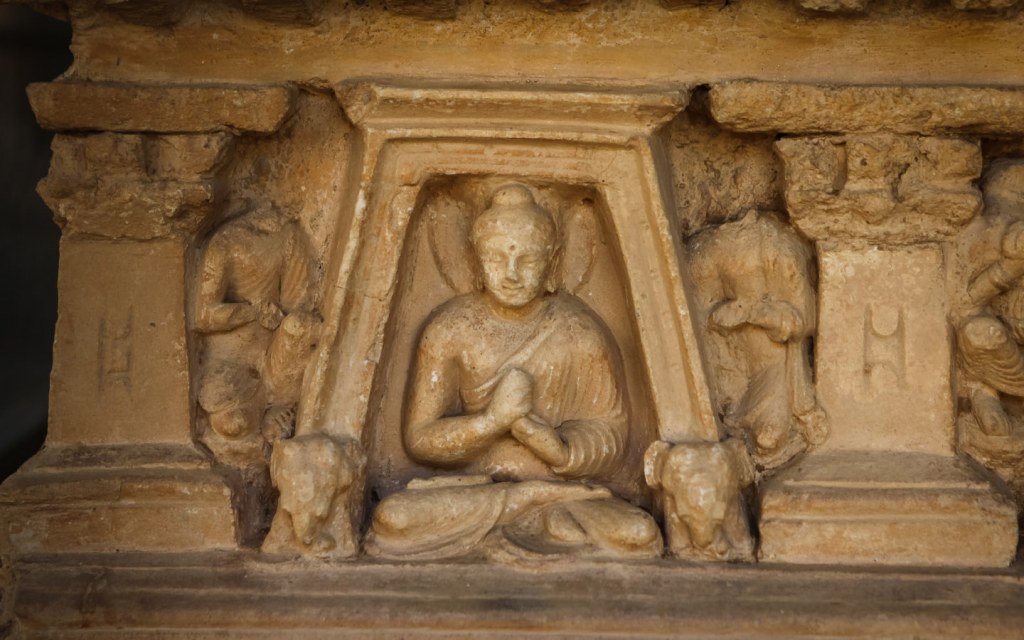
The ancient settlement dates back to the First Persian Empire founded in 550 BC. Moreover, it is believed to be one of the main cities and the educational hub of the prehistoric Gandhara Civilization.
The labyrinth of ruins in Taxila include everything from ancient Buddhist monasteries and stupas to mosque and tombs from the Middle Ages. Ruins of several other smaller settlements have also been uncovered around Taxila, pointing to the historic importance of the once-great city.
Due to its close proximity to the federal capital and easy accessibility, this historical site in Pakistan is extremely popular among tourists. If you are planning a day trip to explore Taxila, you can see the centuries-old artefacts and statues discovered from the ancient civilization in the quaint Taxila Museum. Moreover, you can visit the remains of Julian Buddhist Monastery and Dharmarajika stupa among other historical sites.
Buddhist Ruins of Takht-i-Bahi and Sahr-i-Bahlol, 1980
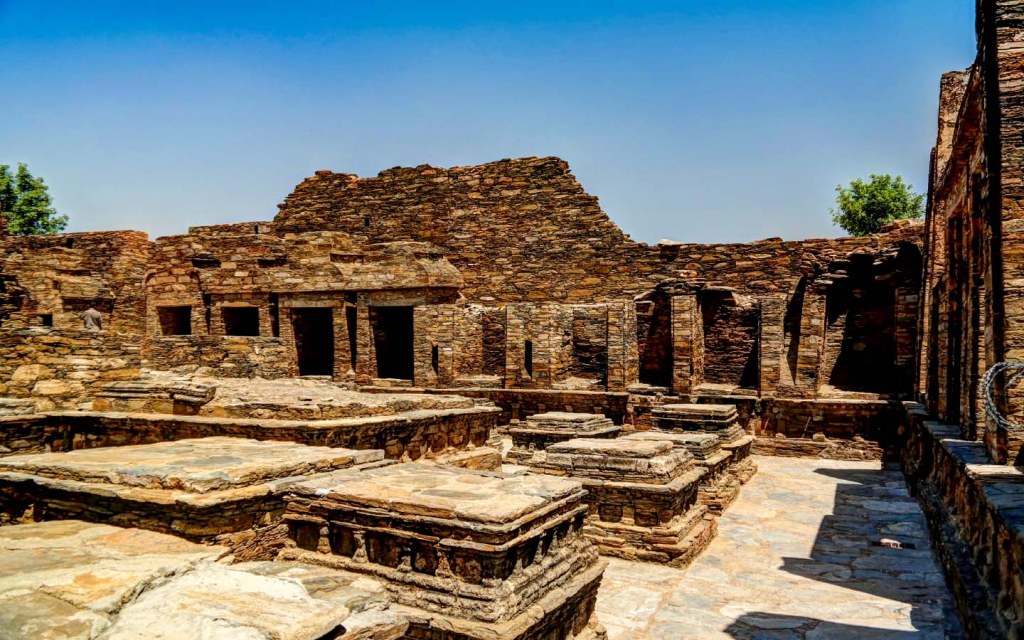
Archaeologists believe the inscriptions found in Takht-i-Bahi, which literally means ‘throne of spring,’ refer to Gondophares I, the founder of the ancient Indo-Parthian Kingdom. The ruins suggest the monastery started out as a small, singular structure. However, it gradually turned into an influential and vast complex of Buddhist monasteries over the next 800 years.
The remains found in the neighbouring city of Sahr-i-Bahlol indicate the followers of Buddhism who resided in the fortified town supported the monastery. Moreover, it appears they regularly carried offerings to the monks residing in Takht-i-Bahi.
After being abandoned in 7 AD, the sites sustained some damage. However, it was re-discovered in the early 1900s. The excavations began in 1907, leading archaeologists to unearth the large complex along with other important artefacts and statues.
Both Takht-i-Bahi and Sahr-i-Bahlol were listed as UNESCO World Heritage Sites in 1980.
Lahore Fort and Shalimar Gardens, 1981
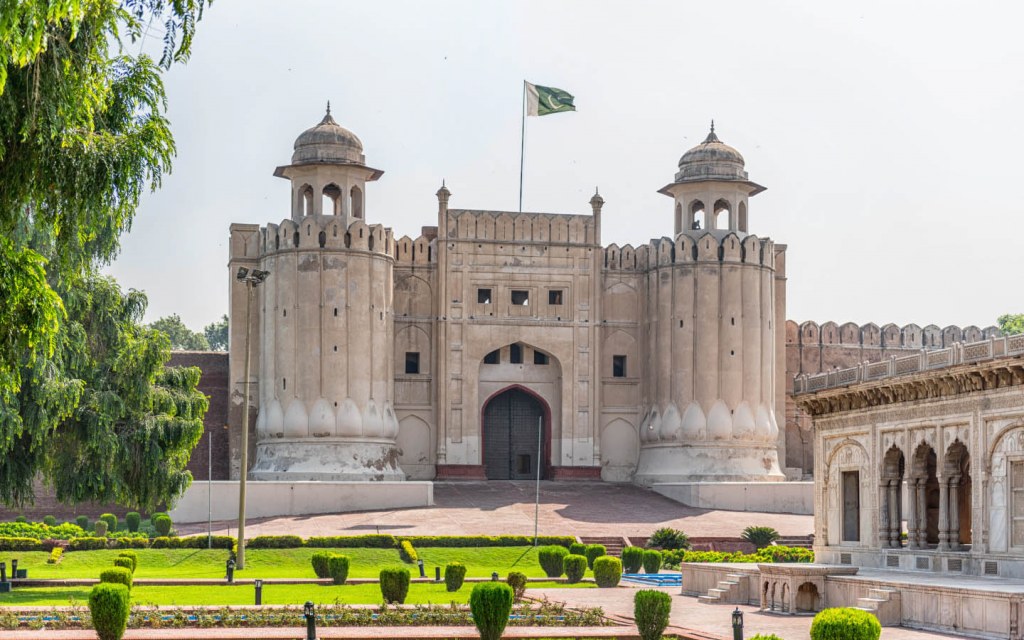
Several Mughal kings used the red-bricked fort and built or renovated something to their liking. The major constructions in the complex include the famous Naulakha pavilion that is inlaid with precious stones, a massive picture wall that is currently being restored, an ornate white marble pavilion called Sheesh Mahal that is embellished with intricate mirror artwork and Moti Masjid (Pearl Mosque) that dates back to the era of Emperor Shah Jahan.
With the passage of time, the royal fort of Lahore suffered extensive damage. At first, the invading forces destroyed it. Later, the lack of preservation almost ruined it.
However, in 1980, UNESCO added the fort along with historic Mughal Shalimar Gardens to its list of World Heritage Sites. In the early 2000s, the renovation work inside the fort began from the funds donated by Norway, Hong Kong, the United Kingdom and France.
Makli Necropolis, 1981
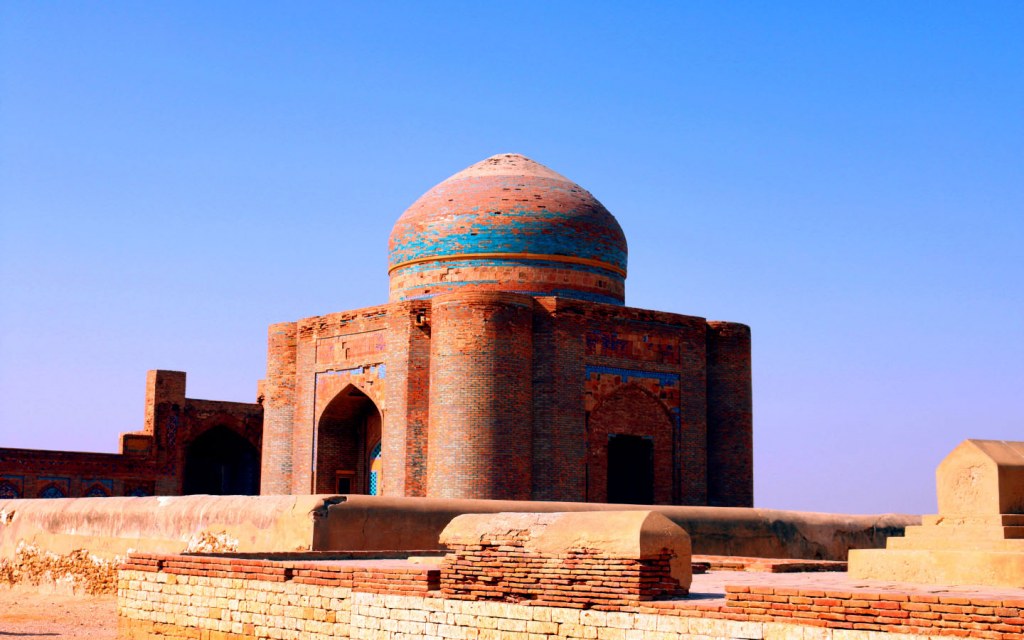
The intricate stone carvings on the gravesites in the ‘City of Dead’ display Hindu, Islamic, Persian, Mughal, Gujarati and Middle Eastern-style artwork. It indicates the necropolis was used by more than one religion or civilization. Although the stunning array of stone tombs have begun to crumble with the passage of time, Makli Hill is still considered an ‘outstanding testament’ to the ancient civilization of Sindh due to its historic importance.
The sprawling necropolis covers an area of 10 kilometres. However, it needs a great deal of renovation or it might soon cease to exist.
Rohtas Fort, 1997
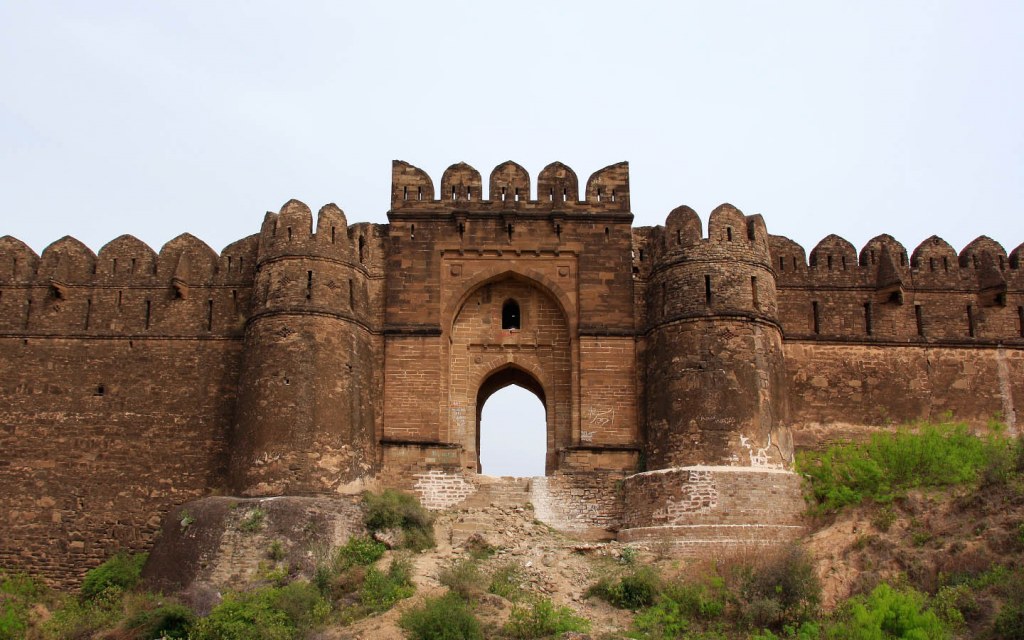
UNESCO described it as an ‘exceptional example of the Muslim military architecture of Central and South Asia.’ The remarkably intact Rohtas Fort was added to the list of UNESCO World Heritage Site in Pakistan in 1997.
An epitome of military fortifications in the region, this incredible fortress was built in 7 years. The rationale behind its construction was to stop the forces of Mughal Emperor Humayun from invading the region following his defeat in the Battle of Chausa. Since Rohtas Fort sits on an elevated hill on the Pothohar Plateau overlooking the passageway into the region, it is believed the structure was constructed to keep an eye on the local Ghakkar population that was traditionally loyal to the Mughals.
The sprawling fortress is surrounded by four kilometres of fortified walls reinforced with 68 bastion towers and 12 gates. Moreover, the inner boundary of Rohtas Fort housed a small village, which still exists. In addition, this historical site in Pakistan used to hold a force of up to 30,000 personnel. That makes it an incredibly difficult military stronghold to attack.
If you ever take a trip to Jhelum, don’t forget to add Rohtas Fort to your itinerary.
Tentative List of Heritage Sites in Pakistan
As of right now, Pakistan has nominated 26 more cultural and historic monuments to be added to the UNESCO’s list of World Heritage Sites.This is the tentative list of historical sites in Pakistan that are under consideration:
- Badshahi Mosque, Lahore
- Wazir Khan’s Mosque, Lahore
- Tombs of Jahangir, Asif Khan and Akbari Sarai, Lahore
- Hiran Minar, Sheikhupura
- Katas Raj Temples, Chakwal
- Rani Kot Fort, Dadu
- Shah Jahan Mosque, Thatta
- Chaukhandi Tombs, Karachi
- Baltit Fort, Hunza Valley
- Tomb of Bibi Jawindi, Baha’al-Halim and the Tomb and Mosque of Jalaluddin Bukhari
- Tomb of Shah Rukn-e-Alam, Multan
Mehrgarh, Rehman Dheri and Ranigat. The country has also nominated Hingol Cultural Landscape, Karez System Cultural Landscape, Nagarparkar Cultural Landscape, Central Karakoram National Park, Deosai National Park, Ziarat Juniper Forest and the popular Khewra Salt Mine. Moreover, Shahbazgarhi Rock Edicts and Mansehra Rock Edicts are also under consideration.


0 Comments